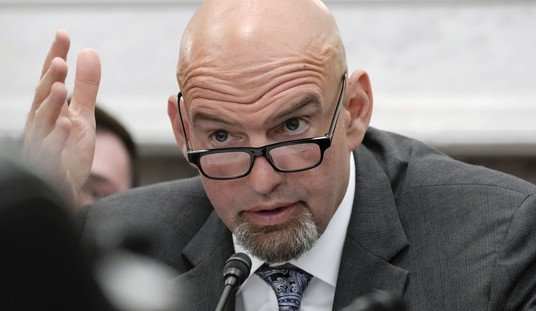First-class mail is the USPS’s most profitable product. Thus, the large – and permanent – drop in first-class mail volume has the USPS facing red ink as far as the eye can see. The U.S. Postal Service’s inspector general recently reported its findings from focus group discussions held with high-volume first-class mailers and mail service providers. The feedback is quite telling:
Advertisement
- Both mailers and customers are turning to electronic alternatives for the obvious reason that it’s cheaper and more efficient than physical mail. The participants estimated that the per-piece cost of sending transactional mail (e.g., billing statements, invoices, etc) is 45 to 50 cents whereas it costs between “pennies” and 13 cents to send mail electronically. The report notes that “the most senior levels of corporate management have already made decisions to move to electronic means as quickly as possible.”
- The uncertainty caused by congressional dithering over, and mismanagement of, the USPS has created an incentive for mailers to seek alternatives. Participants noted that the USPS “struggles to respond to business setbacks or market changes in a timely manner the way the private corporations can, in part because of legal, regulatory, and congressional constraints.” The constraints include the USPS not being “able to optimize its retail network, close plants, reduce delivery days, or control pricing, like other businesses.”
- According to the report, “Postal Inspection Service investigations and compliance have left a ‘bad taste’ in the mouths of a large segment of high-volume mailers.” Call me crazy, but when you’re already losing customers, it’s probably not a good idea to irritate the ones that you have left.
- On the future of first-class mail, the message is pretty clear: “While the advent of 100 percent electronic communication is not imminent, all focus group participants envisioned a point in the future when the continued use of paper communications, and thus mail, will cease to make economic sense.”
Recommended
Advertisement
Unfortunately, Congress’s view of the future doesn’t extend beyond the next election. See, for example, the postal “reform” bill recently passed in the Senate that I discussed on Tuesday.

























Join the conversation as a VIP Member